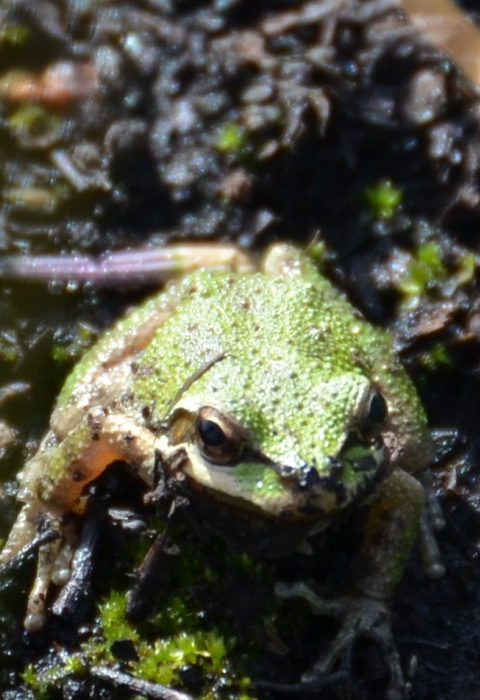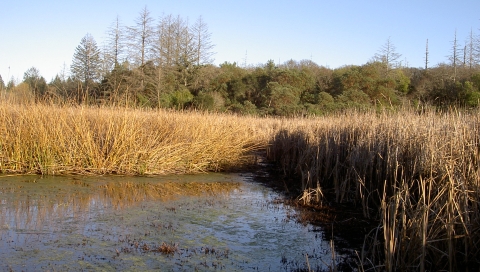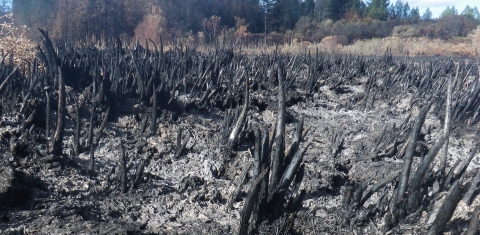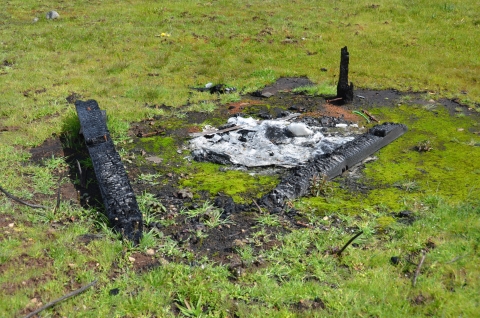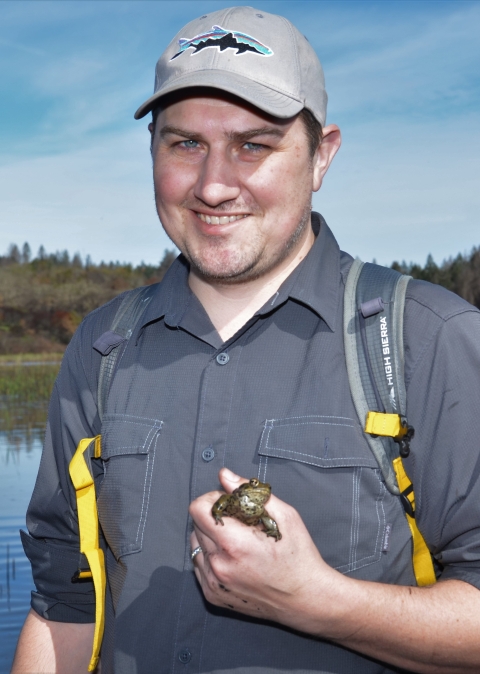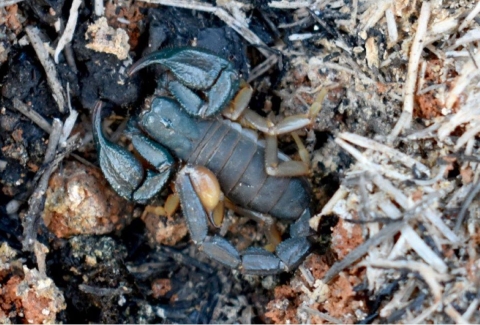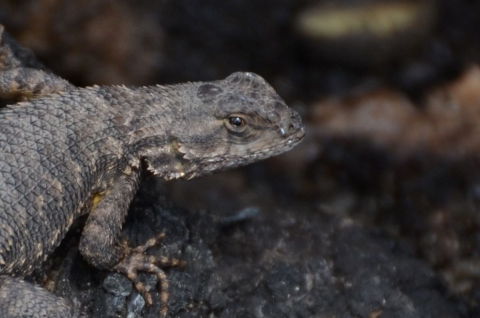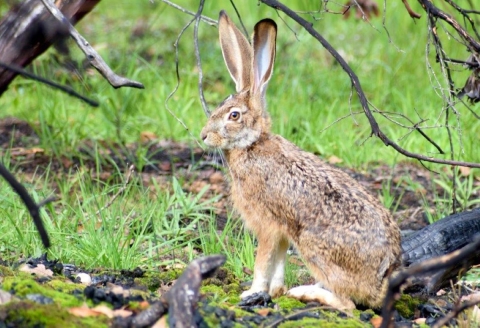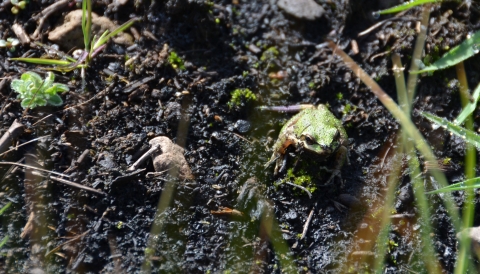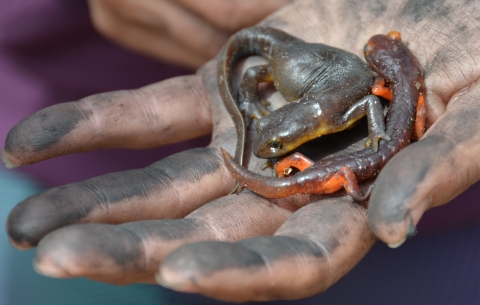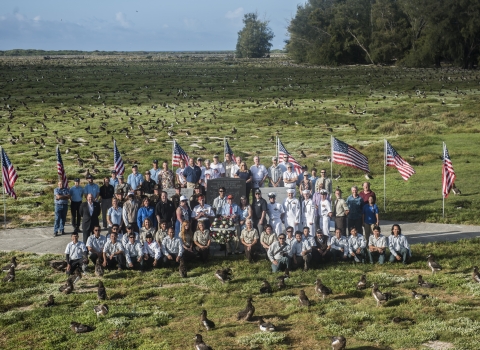By Veronica Davison
Santa Rosa, California is well known for vineyards, arts, and culture. But, the locals know that one of the many benefits the city has to offer is outdoor recreation. Trione-Annadel State Park is among the area’s most popular parks, with 5,500 acres of rolling hills, streams, meadows, and woodlands.
The Ledson Marsh area of the park started out as a reservoir to water eucalyptus trees, but it is now home to cattails, tules, native grasses, and a variety of critters, including salamanders, snakes, lizards, rabbits, turtles, scorpions, and frogs. The marsh’s most prized species is the threatened California red-legged frog.
In October 2017, the Nuns wildfire ripped through Ledson Marsh leaving charred vegetation and wildlife behind.
While prescribed burns are an important land management tool that can benefit an ecosystem and provide a measure of safety for surrounding communities and firefighters, severe wildfires can damage soil, watersheds, and water quality—affecting people and wildlife.
Prescribed burns are controlled, researched, and planned. They are slow-moving ground fires that allow area wildlife time to relocate. Although there could be loss of individuals, it does not negatively impact wildlife populations.
Wildfires, on the other hand, are often so fast moving that wildlife are overwhelmed by the fire’s intensity and speed.
The Nuns fire hit during the driest part of the year. Not only did the upland area surrounding the marsh burn, the marsh itself burned.
By Spring 2018, Ledson Marsh was filled with water again, but was far from normal. The charred remains of wildlife, plants, and signage were a reminder of the devastating fire that ripped through the area.
According to Sonoma County Water Agency’s Senior Environmental Specialist, Dave Cook, the “marsh had no standing water when the fire burnt Southern Annadel State Park. Nearly all of Ledson Marsh’s watershed burned, including the marsh.” With a specialization in wildlife, he has studied Ledson Marsh for over 20 years. Cook’s data and observations help track how the marsh has changed over time.
“It’s rare to have the volume of pre-fire data about this unique habitat Dave has collected over the years,” said Jennifer Norris, Ph.D., field supervisor of the Sacramento Fish and Wildlife Office. Nearly six months after the wildfire ripped through the Ledson Marsh, several of Dr. Norris’ staff joined a team of volunteers who work with Cook to collect water samples, count amphibian egg masses, and document other observations at the marsh. “These data, coupled with Dave’s research will help us better understand the short- and long-term impacts wildland fires have on wildlife and their habitats.”
